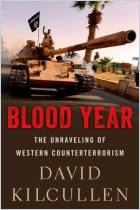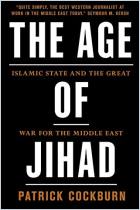
Read or listen offline
Recommendation
Five years after the Arab Spring blossomed in 2011, much of the region lies in ruin. Iraq, Syria, Egypt and Libya are all engulfed in civil wars, and there is no clear sense of when they might end and what will come afterward. The moment calls for review and reflection, and in August 2016, The New York Times Magazine devoted an entire issue to the task. This story draws in even reluctant readers with photographs, maps and an online film, along with detailed chapters that recount the lives of six people in five Middle Eastern regions. The story may lead readers, especially those with only a passing interest in the Arab Middle East, to view what is only now coming into focus as the great tragedy of the early 21st century. getAbstract recommends this opportunity to grasp the intractability of these conflicts and to understand why the Arab Middle East has become such a labyrinth of no-good options.
Take-Aways
About the Author
Scott Anderson is an American war correspondent, author, and novelist.


















Comment on this summary or 开始讨论